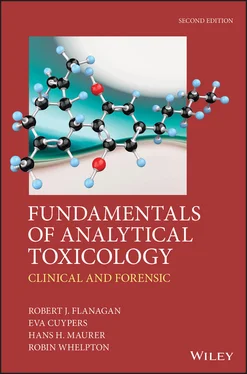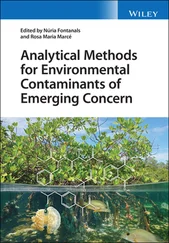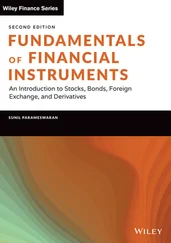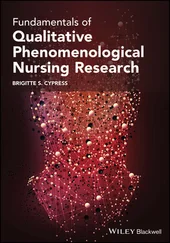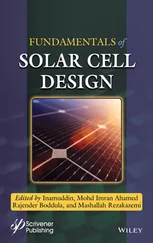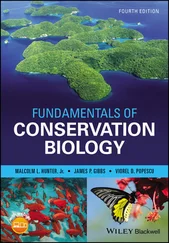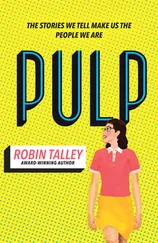4 Chapter 4Table 4.1 Guidelines for sample preparationTable 4.2 The efficacy of some common protein removal procedures (Blanchard, ...Table 4.3 Some widely used extraction solventsTable 4.4 Especial hazards associated with the use of some solventsTable 4.5 Some alkylsilyl-modified silica column packings for use in SPE and ...Table 4.6 Some examples of artefacts formed during acid hydrolysis (Maurer et ...Table 4.7 Recovery of added drug from liver homogenate by various digestion p...
5 Chapter 5Table 5.1 Some colour tests used in analytical toxicologyTable 5.2 Some colour tests used to identify drugs in suspect materials. See ...
6 Chapter 6Table 6.1 SAMHSA 2018 ‘cut-off’ values for drugs of abuse screening in urine ...Table 6.2 Urine ‘opiates screen’: some compounds detected
7 Chapter 8Table 8.1 Examples of chromogenic reagents
8 Chapter 9Table 9.1 Capillary versus packed columns in gas chromatography: practical co...Table 9.2 Some GC stationary phases used in analytical toxicologyTable 9.3 Some stationary phases and stationary phase supports used in packed...Table 9.4 Partition coefficients ( K ) of some common solvents in an air–water ...Table 9.5 Examples of artefact formation during GC (Maurer et al ., 2016–reprod...Table 9.6 Examples of TMS reagents used in gas chromatography
9 Chapter 10Table 10.1 Broad classification of liquid chromatography column typesTable 10.2 Some commercially available liquid chromatography columns
10 Chapter 11Table 11.1 IUPAC definitions relevant to supercritical fluid chromatographyTable 11.2 Some physical properties of gases, supercritical fluids, and liqui...
11 Chapter 12Table 12.1 Examples of gas lasers and appropriate derivatizing reagents
12 Chapter 13Table 13.1 Modes of triple-quadrupole MS (Pitt, 2009)Table 13.2 Relative abundance of isotopes commonly encountered in analytical ...Table 13.3 Mass spectral interpretation: common fragment losses (Watson, 2011...
13 Chapter 14Table 14.1 Comparison of four modes of ion mobility spectrometry
14 Chapter 15Table 15.1 Selected examples of solute carrier (SLC) and ATP-binding cassette...Table 15.2 Examples of reduced oral bioavailability or delayed absorptionTable 15.3 Some drug metabolizing isoforms of cytochrome P-450Table 15.4 Selected examples of polymorphic CYPs
15 Chapter 16Table 16.1 Comparison of zero-order and first-order eliminationTable 16.2 Examples of apparent volumes of distributionTable 16.3 Sex-related differences in drug clearance reported in the literatu...
16 Chapter 17Table 17.1 Examples of point of contact testingTable 17.2 Examples of quantitative point of contact testing for drugsTable 17.3 Oral fluid:whole blood and theoretical saliva:plasma ratios for se...Table 17.4 Sensitivities and specificities for selected analytes using three ...Table 17.5 Mean sensitivity and specificity (range) of nine POCT devices usin...
17 Chapter 18Table 18.1 EWDTS: guidelines for testing urine to detect sample manipulationTable 18.2 Examples of adulterants used to mask urine drug screensTable 18.3 Urinary amfetamine immunoassays: potential cross-reactantsTable 18.4 Some recent reports of interferences in urine immunoassays for mis...Table 18.5 Suggested nominal concentrations of analytes in calibrator and IQC...Table 18.6 Internal standards and associated analytes for LC-MS/MS substance ...Table 18.7 EWDTS recommended ‘cut-offs’ for screening and for confirmation in...Table 18.8 Performance evaluation of DrugWipe 5/5+ (Pehrsson et al ., 2011–repr...Table 18.9 EWDTS recommended ‘cut-offs’ for screening and for confirmation in...Table 18.10 UK blood limits for drugs/driving (2015)Table 18.11 Analysis of commonly misused substances in hair: recent reportsTable 18.12 EWDTS recommended cut-off concentrations for screening in hairTable 18.13 Some factors that might influence the interpretation of hair anal...
18 Chapter 19Table 19.1 Some potential interferences/contaminant ions in positive mode ESI...Table 19.2 Some isobaric compounds and differentiating CID fragment ions (col...
19 Chapter 20Table 20.1 Some marketed EMIT TDM assaysTable 20.2 Drug Interference in CEDIA TDM assays (Sonntag & Scholer, 2001–rep...Table 20.3 Some factors that may affect interpretation of analytical toxicolo...Table 20.4 Antiasthmatic drug TDM assaysTable 20.5 Non-vitamin K antagonist anticoagulant TDM assaysTable 20.6 Summary of antiepileptic TDMTable 20.7 Some anti-infective drug TDM assaysTable 20.8 Some chemotherapeutic drug TDM assaysTable 20.9 Some tyrosine kinase inhibitor TDM Candidates (Josephs et al ., 2013...Table 20.10 Some cardioactive drug TDM assays (metabolites normally measured ...Table 20.11 Some immunosuppressive drug TDM assaysTable 20.12 Some psychoactive drug TDM assays
20 Chapter 21Table 21.1 Sample requirements for measurements of metals/trace elementsTable 21.2 Chemical modifiers used in ETAASTable 21.3 Approaches to eliminate non-atomic absorption in ETAASTable 21.4 Some compounds that react with metals to give coloured productsTable 21.5 Some compounds that react with metal ions to produce fluorescent p...
21 Chapter 22Table 22.1 Information important when interpreting the results of toxicologic...Table 22.2 Some compounds associated with delayed or irreversible toxicityTable 22.3 Some compounds/substances reported in malicious poisoning in child...Table 22.4 Factors influencing the likelihood of post-mortem change in blood ...Table 22.5 Whole blood:plasma ratios of some drugs and metabolites (data from...Table 22.6 Analytical toxicology: basic reference sourcesTable 22.7 Some steroids liable to misuse (alternative names in brackets)Table 22.8 Cross-reactivity of 10 insulin immunoassays with 15 insulin analog...Table 22.9 Blood carboxyhaemoglobin saturation and clinical features of toxic...Table 22.10 Chemical structures and names of selected synthetic cannabinoidsTable 22.11 Classification of opioid drugsTable 22.12 Comparison of the potencies of fentanyl and selected derivatives ...Table 22.13 Some synthetic opioids that may be encountered when performing to...Table 22.14 Some organophosphorus compoundsTable 22.15 Compounds giving rise to amfetamine either directly, or via metam...Table 22.16 Chemical structures and names of selected novel stimulantsTable 22.17 Some sources of information on analytical toxicology and related ...
1 Chapter 1 Figure 1.1 The three key steps in systematic toxicological analysis Figure 1.2 Reaction of amfetamine with acetone
2 Chapter 2 Figure 2.1 Volumetric blood microsampling devices. (a) Mitra (Neoteryx) uses... Figure 2.2 Schematic of head hair collection
3 Chapter 3 Figure 3.1 Histogram of replicate absorbance measurements ( n = 44) for plasm... Figure 3.2 Excel table of results for one-way ANOVA of the data of Table 3.3... Figure 3.3 The principle of least-squares regression Figure 3.4 The effect of the number of data points on the 95 % confidence in... Figure 3.5 Testing calibration curves for linearity: (a) data fitted to a st... Figure 3.6 The data of Figure 3.5(a) fitted (a) to a quadratic function and ... Figure 3.7 Calibration data for GC-ECD of medazepam fitted to (a) a hyperbol... Figure 3.8 Use of residual plots to ascertain the most appropriate method to... Figure 3.9 Calibration curve for the method of standard additions Figure 3.10 Extraction characteristics of morphine (•), N -ethylnormorphine (... Figure 3.11 Synthesis of ISTDs from readily available starting materials to ... Figure 3.12 Linear regression to compare results from two laboratories showi... Figure 3.13 Comparison of linear regression (a) and Bland–Altman plot (b) us...Figure 3.14 Quality of life scores from patients receiving placebo, or drug ...Figure 3.15 Example of Theil's incomplete method for non-parametric calibrat...Figure 3.16 Examples of quality control charts: (a) Shewhart (b) J-ChartFigure 3.17 An example of an EQA scheme report (plasma olanzapine)
Читать дальше
